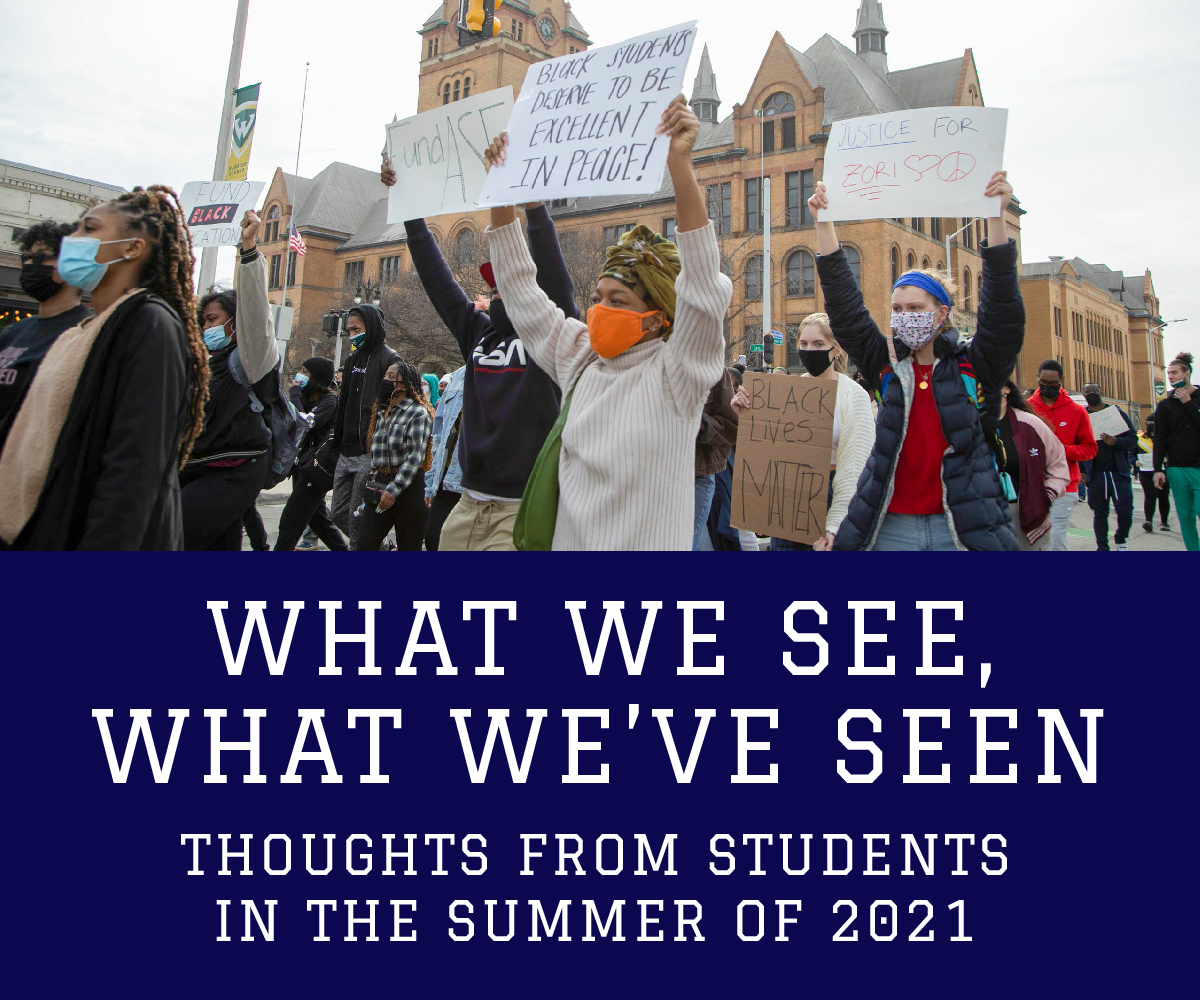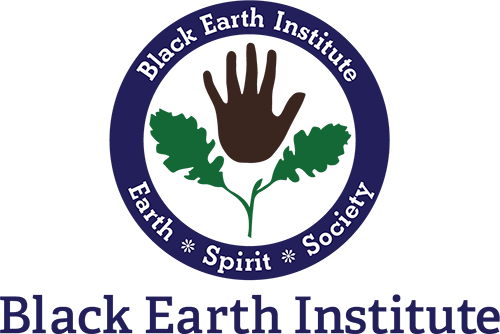
Photo credit: Mandi Wright, Detroit Free Press
by Anjum Shaik
Before writing this essay, I sat down to contemplate racial equality in general. What is racial equality? How did it come about? And the hardest question of all, do we actually have racial equality? In Minneapolis, Minnesota, where I go to school, George Floyd, Daunte Wright and many more were killed so close to my campus. And despite the COVID-19 pandemic, people rushed to the streets to protest and hold the police accountable. COVID-19 is a secondary disease. The primary disease that the American body has been trying and failing to remove is racism.
COVID-19 exacerbated the disease of racism. Racism is not just the outward actions and recorded videos of individuals being ignorant and bigoted towards an individual person of color. Racism is built into all our foundational systems and it actively perpetuates lower levels of care and compassion and lower rates of survival for African Americans. We see everyday in phone and video recordings where African Americans are treated as lower class citizens. Moreover the healthcare disparities between African Americans and White American reveal how African Americans do not receive the same standard of care. A Journal of Infectious Diseases article reports that even though African Americans make up about 18% of the given demographic area, they account for 33% of hospitalizations and more than ⅓ of all reported COVID deaths. Structural racism creates two different types of healthcare given in this country. Working at a COVID-19 positive hospital gave me a front row seat to how racism is built into our healthcare systems. First, I was one of two brown individuals in a hospital that catered to a majority indigenous population. There was no representation. While the hospital had some efforts to work towards diversity and inclusion, there was an underlying irony in asking the white person to understand and provide the materials necessary for practicing indigenous cultures and religion, especially after the American history of the systematic killing of Native Americans. I read an article this past spring that spoke on a similar topic about how the healthcare system did not value black and brown bodies, but also relied on them to be responsible, to get tested and vaccinated, to do the work of testing and vaccinating. America does not value black or brown bodies and makes them out to be nonpersons. They are living in the limbo of shouting for attention and justice, to be acknowledged as people, only to be blocked at every angle by our systems. Posting a black square or tweeting out #blm does not mean that you care about Black Lives or even that you’re an ally. COVID-19 proved that even out of the streets, outside of police brutality, black bodies are still brutalized and victimized through our healthcare systems.
In fact, COVID-19 hurt black and brown communities more so than it did white communities. That was because they did not have the same advantages or access to medical care that white communities did. Most black and brown individuals couldn’t afford the sudden plunge into unemployment, primarily because many of them live in poverty. Black and brown individuals could not truly isolate themselves because they lived in cramped quarters. So when we talk about independence from Covid-19 and the opening up of borders, who are they opening up for? Are they opening up for the white individuals who had the freedom to isolate and the freedom to flee to other countries? Because they certainly are not opening up for the black and brown people. Black and brown people have been working, living, and surviving this pandemic on completely different terms than white people. Independence for black and brown bodies means something else.
At the University of Minnesota, Jael Kerandi, the student body president at the time, worked hard to remove MPD police from our campus in order to give our black and brown students some sense of independence and safety. She signs the letter she wrote to University administration, “With deep loss, disgust, and exhaustion, Jael Kerandi; A black woman.” Her letter encompasses the pain and exhaustion that black and brown communities face every time one of their own is murdered on the streets, especially at the hands of law enforcement who are supposed to protect the community. But her letter also reveals that there is no more room for negotiation or justification for these murders. It strongly demands justice and accountability immediately, without the performative actions of community discussion and conversation. Black and brown communities have made more sacrifices and have had to deal with more than anyone else during COVID-19. Along with COVID-19, they had to deal with police brutality, increased poverty, voter suppression, racial profiling, etc. Gaining independence from COVID-19 restrictions does not mean that black and brown communities are free from the effects of racism.
Minneapolis has been through a lot. George Floyd’s murder turned the city on its side. For some this is a win. For others, it’s a tragedy that a recorded murder required a three-week long trial to find the murderer, Derek Chauvin, guilty. The outcome of the trial might represent a turning point in racial violence and judicial matters. We might prosecute more police officers guilty of murder because racism is a plague and we cannot condone racism as a trigger mechanism for firing and killing any more black and brown individuals. But for now, Minneapolis is still protesting the murder of Winston Smith and the newspapers still publish headlines of a “slain Black man.” We still have work to do. We did some good work in isolating and stopping one area of racism with the Derek Chauvin trial, but we still have many variants in our society. We need to put the same priority that we placed on COVID-19 on the plague of racism. In many ways, racism is a much more dangerous disease than COVID-19 ever was — it’s survived for centuries. The plague of racism deserves the same, if not more, attention and diligence we gave COVID-19. The opening of borders means nothing, if we let this silent killer live and thrive inside our country, our systems, and ourselves.

